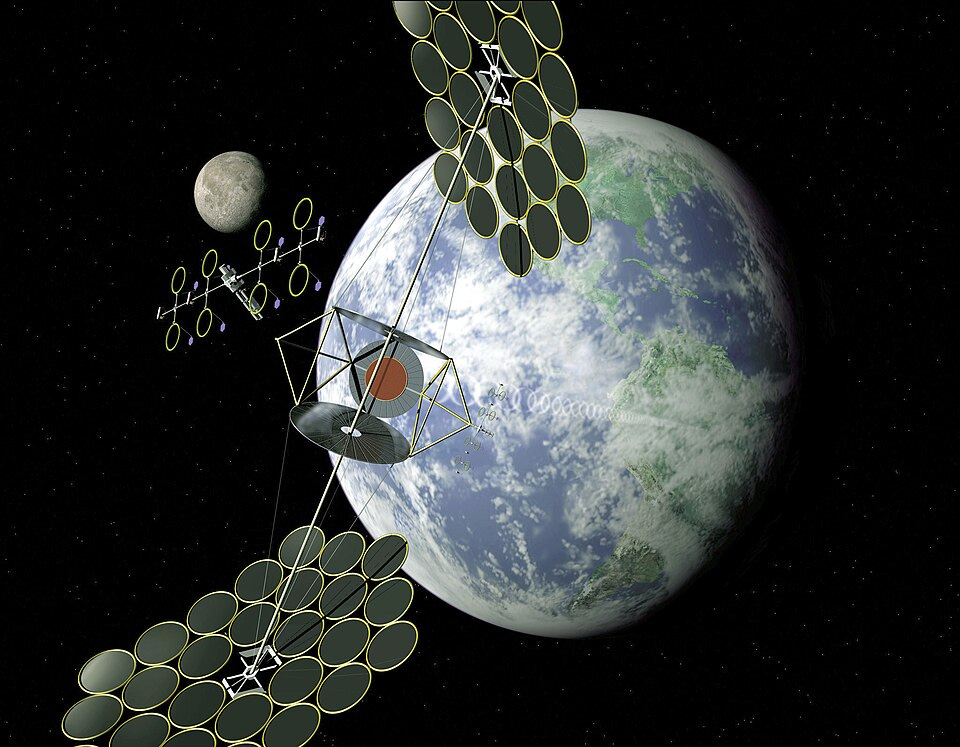
Space-based solar power (SBSP) has always been an idea at the edge of possibility. The concept: collect solar energy in orbit—where there’s no atmosphere to weaken it—and beam it down to Earth. The Sun never sets in space. The dream of 24/7 clean power has seduced scientists, engineers, and investors for decades.
The science fiction genre is littered with books that include space-based solar power. But the turning science fiction into practical reality is rarely, if ever easy. Early concepts in the 1970s were strangled by launch costs, materials limits, and political hesitancy.
Now, however a new generation of companies and national programs claim to have the answers: lighter materials, cheaper launches, and smarter designs. The pitch is as grand as it gets: clean energy on demand, anywhere on Earth—or on the Moon or Mars. But there’s also the question of market size, and whether all these shiny PowerPoints can turn into real-world kilowatts, and perhaps more importantly, real-world cash flows.
Let’s unpack this journey: where SBSP came from, who’s working on it now, the market projections, and the tough economic and technical questions that refuse to go away.
Keep reading with a 7-day free trial
Subscribe to The Journal of Space Commerce to keep reading this post and get 7 days of free access to the full post archives.


